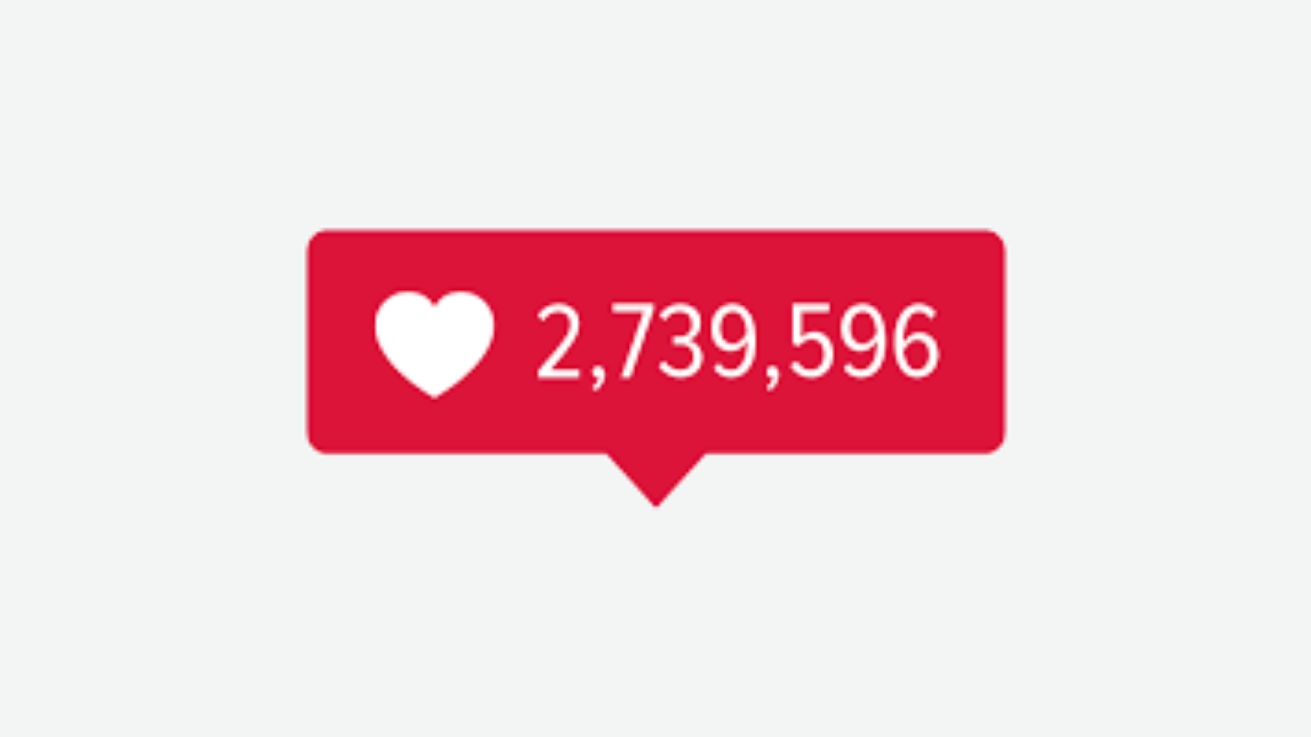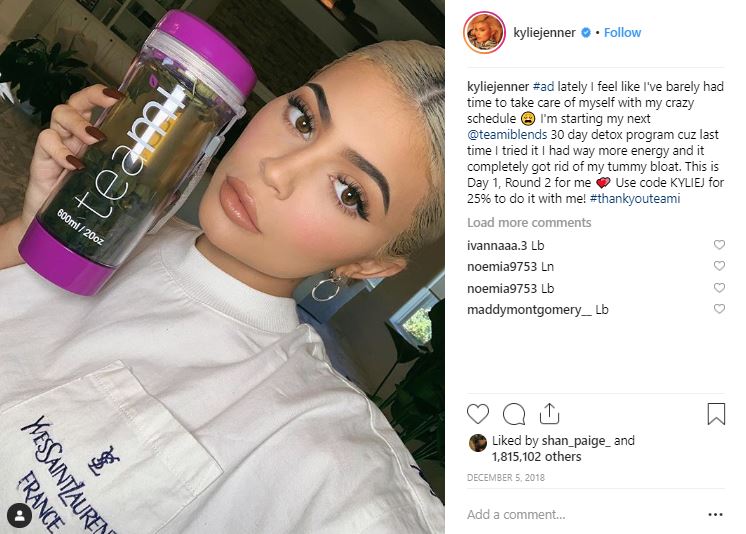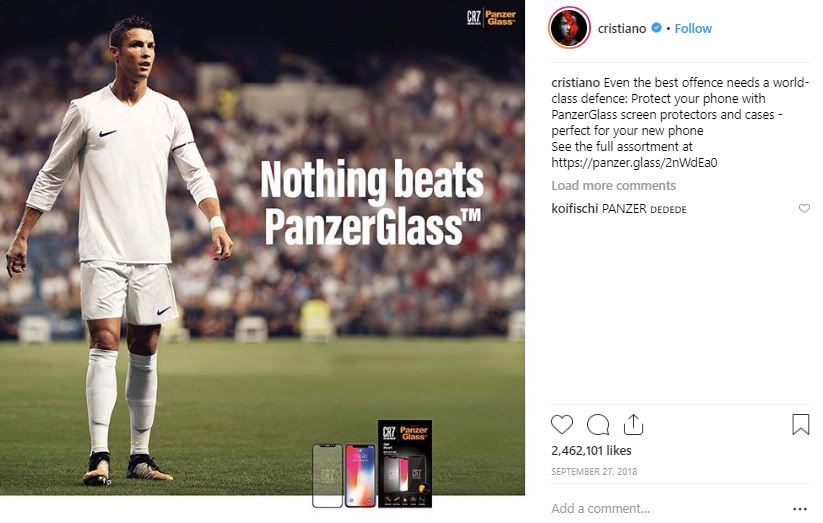media update’s Aisling McCarthy takes a look at five of the trends that will shape influencer marketing in 2019.
Influencer marketing involves a partnership between a brand and a social media user with a large following. The brand leverages the influencer's audience to make sales, and the influencer receives free or discounted products from the brand, or they can be paid directly by the brand. Now that you know
exactly what influencer marketing, are you ready to see the trends for 2019?
Here they are:
1. Instagram is king
Throughout 2018, Facebook pretty much face-planted (#CambridgeAnalytica), Twitter spent most of the year finding – and deleting – an endless supply of fake accounts and Snapchat came awfully close to running out of cash.
Amidst the mayhem, influencer marketing continued to gain traction, with the number of campaigns using influencer marketing steadily climbing. And nowhere did that growth hit more vigorously than on Facebook-owned Instagram, which –
according to CreatorIQ’s COO Tim Sovay – made up 93% of all influencer campaigns in 2018.
So why is it that Instagram is the place to be for influencer marketing? Well, just take a look at how celebrities (the ultimate macro-influencers) are using the platform:



These three celebrities ranked as the highest paid influencers in Instagram in 2018. And just by scrolling through their pages, you’ll find
a lot of advertising. However, despite the obviously paid partnerships with these brands, notice how many Likes these posts received.
Instagram is
the place for influencers because platform users opt in to see the content. So for users who hate advertising, they’ll simply choose to unfollow someone who posts too many adverts. But, for users who want to keep up with the lives of these macro-influencers, they’ll see the adverts on a regular basis.
Add in Instagram’s snackable content in the form of photos and short videos, plus no data scandals in the last few years, and the little personal information they ask for from users, and you’ll quickly be able to see why it’s the preferred place for brands and influencers alike.

2. Influencer marketing should complement your strategy
As brands become more at ease with the concept of influencer marketing, it is vital to note that it cannot make up your whole strategy. Rather, it should be used to enforce your other marketing content and should carry the same brand message across.
If you employ an influencer and can’t understand why your brand message isn’t getting across, it is because you need to share that message across
multiple channels.
You can’t give a vague idea to your influencer and expect that they will perform miracles for your brand. It’s all about the idea that you want to execute, and then finding an influencer that will match your ideals.
Influencer marketing alone won’t see your brand take off, but as part of an integrated marketing strategy, it can be a highly effective tool.

3. Time to go nano
In 2018, micro-influencers were all the rage. Now, in 2019, say hello to the next big thing: nano-influencers. These are influencers with only a few thousand followers in a well-defined sector. Brands pay less to employ these influencers, have a little more control over the influencers’ postings, and if something goes wrong, it could turn into a full-blown PR disaster.
While many of the big-name influencers (read: celebrities) are still drawing large numbers of followers, the average influencer being paid has seen up to a 50% drop in their following, according to Sovay.
However, those influencers with only a few thousand followers in a specific area are less likely to lose their followers. This is because they have spent time cultivating their small audience and have more time to personally engage with their audience than influencers with millions of followers.

4. Say hello to a long-term relationship
As companies are becoming more adept at influencer marketing, they’ve started looking at influencers as more of a long-term investment. And many influencers, too, want that long-term security if it fits their personal brand and the audience they have built up over years.
"This way, influencers can convey a consistent message and grow their audience with the brand as opposed to one-off sponsorships," says Michelle Merino, a
Los Angeles influencer-marketing consultant.
"Lately, I've experienced an increase in brand requests for influencers to co-brand new product lines or introduce new brands altogether by being the face of the company."
Generally, these kind of long-term deals, which look a lot like more traditional celebrity endorsements, can mean more security and continuity for influencers, but also more scrutiny and come with far more strings attached.
"In most cases, these type of deals are far more complex, with rigorous exclusivity terms, equity or revenue share compensation models, and rely heavily on influencer authenticity," Merino said.

5. Reaching beyond reach
Fake followers were all over the news in 2018, along with concerns that some influencers were manipulating their follower counts in order to receive higher fees from brands.
Social media platforms spent much of the year rooting out and killing off millions of fake accounts. Furthermore, many big-name brands committed to never doing business with people who bought fake followers.
Data companies also got better at flagging any potentially problematic influencers. High numbers of followers from unexpected countries, large shifts in follower numbers and unusually high numbers of engagement on posts are some of the red flags that resulted in further investigation.
The reach metric essentially counts the total number of possible viewers who may have seen a post. But in 2019, brands will begin to look at far more sophisticated metrics, such as cost-per-engagement, which can be more directly tied to their return on investment.
These changes are a sign of the increasing sophistication of influencer marketing at the highest levels. Expect to see this form of marketing accelerate in 2019.
Do you think influencer marketing is an alley that more brands should explore? Let us know in the comments section below.